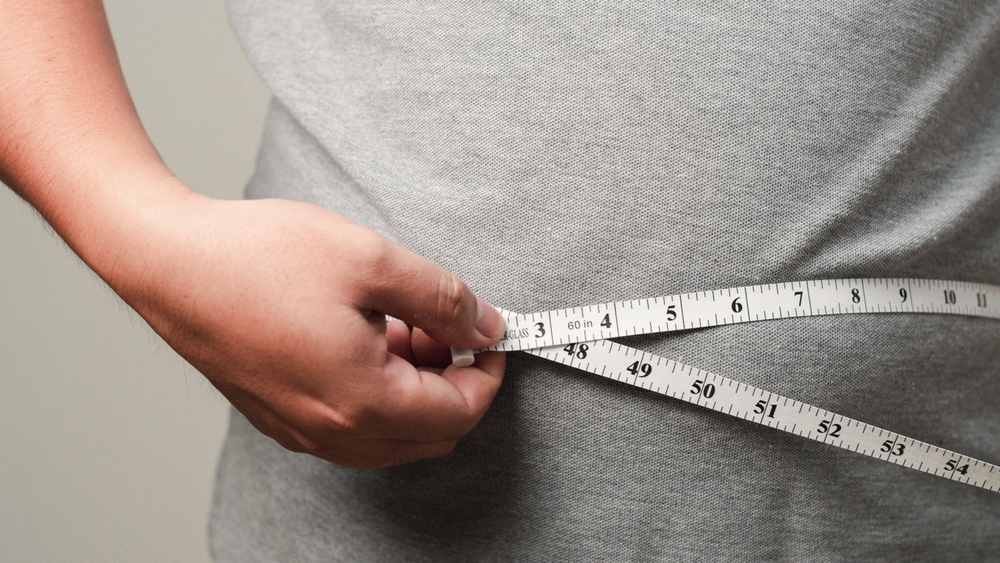Electronic shifting systems use motors and batteries instead of cables to change gears. The technology offers precise shifts but comes with higher costs and unique maintenance requirements.
Quick Answer: Electronic shifting (Shimano Di2, SRAM eTap, Campagnolo EPS) provides perfect shifts every time, requires no cable adjustment, and allows customizable button mapping. Expect to pay $1,500-$3,000 more than mechanical groupsets. Battery life lasts 1,000-2,000 km between charges.
How Electronic Shifting Works
Pressing shifter buttons sends electronic signals to derailleurs. Small motors move the derailleurs precisely to the correct position. The system automatically trims front derailleur position to eliminate chain rub.
Main Electronic Systems
- Shimano Di2: Wired system, long battery life, semi-automatic shifting options
- SRAM eTap/AXS: Wireless design, easy installation, individual derailleur batteries
- Campagnolo EPS: Wired system, fastest shift speeds, V4 power unit
Benefits Over Mechanical
Perfect shift quality remains consistent regardless of cable stretch or contamination. No more cable replacement or housing friction issues. Shifts work flawlessly even after crashes that would bend cable housing.
Customize shift button functions to personal preference. Multi-shift capability lets you jump several gears with one button hold. Integration with cycling computers displays gear position and battery level.
Maintenance Requirements
Electronic systems require minimal maintenance compared to mechanical drivetrains. No cable stretch means no indexing adjustments. Charge batteries every few weeks depending on riding frequency.
Keep firmware updated through manufacturer apps. Check derailleur limit screws annually. Clean contacts occasionally to ensure reliable connections. Battery systems typically last 3-5 years before replacement.
Drawbacks to Consider
High initial cost deters many cyclists. Replacement parts cost more than mechanical equivalents. Battery management adds another task to bike maintenance routines—though charging takes just 1-2 hours.
System failures, while rare, require battery or electronic troubleshooting rather than simple cable fixes. Carry spare battery or have backup plan for long rides in remote areas.
Is Electronic Worth It
Racers and performance-focused riders appreciate the perfect shifting and weight savings. Riders with hand strength issues find electronic shifting requires less effort than mechanical systems.
Recreational riders may find mechanical shifting perfectly adequate at lower cost. Modern mechanical groupsets shift excellently when properly maintained.




Leave a Reply